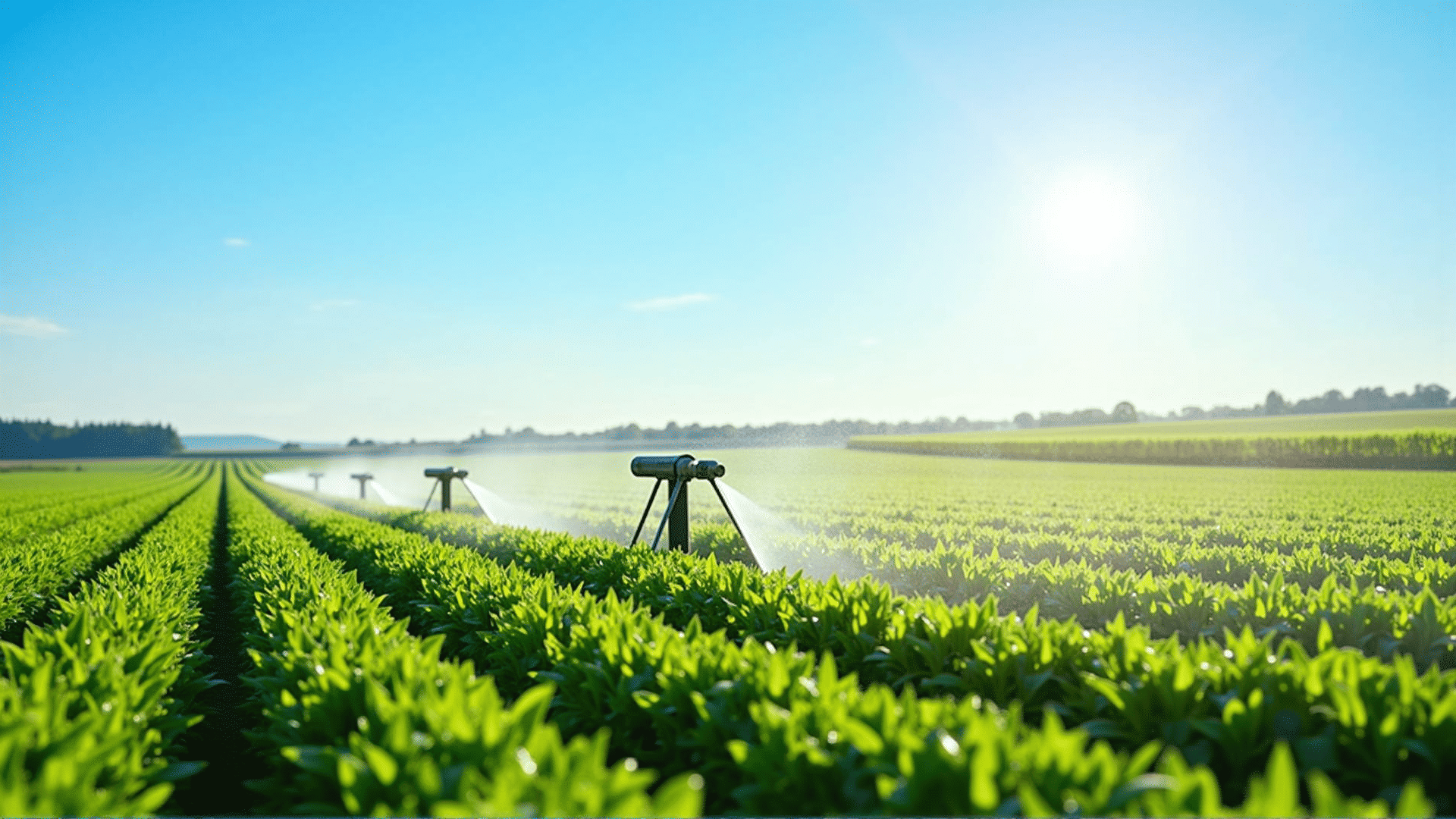In the face of growing global water scarcity and the increasing demand for food, modern farming requires innovative solutions to maximize productivity while conserving vital resources. Irrigation, a critical component of agricultural practices, is undergoing a transformation. Today, farmers are embracing advanced irrigation techniques that not only boost crop yields but also focus on sustainable water management.
Drip Irrigation
One of the most effective and widely adopted modern irrigation techniques is drip irrigation. This method delivers water directly to the plant's root zone through a network of valves, pipes, tubing, and emitters, significantly reducing water wastage. Drip irrigation not only optimizes the use of water but also minimizes evaporation and surface runoff. By providing a constant moisture level, it promotes healthier plant growth, enhances crop yield, and reduces weed growth by limiting water access to unwanted areas. Farmers using this technique have reported up to 30-50% water savings compared to traditional irrigation methods.
Precision Irrigation Systems
Precision irrigation systems integrate modern technology such as sensors, GPS mapping, and automated systems to manage and distribute water efficiently. These systems allow farmers to monitor soil moisture levels and adjust water supply in real-time, ensuring plants receive the exact amount of water needed at different growth stages. Satellite imagery and remote sensing can also be employed to assess crop health and water needs across large agricultural lands. This level of precision not only conserves water but also optimizes energy usage and reduces labor costs.
Subsurface Irrigation
Subsurface irrigation involves the installation of emitters below the soil surface, which applies water directly to the root zone and reduces evaporation losses. This technique is particularly useful in regions prone to high evaporation rates or windy conditions. By keeping the soil surface dry, it also limits weed growth and reduces the risk of diseases that thrive in humid environments. This method can be highly efficient with a well-designed system, making it a sustainable option for modern farms.
Smart Irrigation Systems
Smart irrigation systems leverage IoT (Internet of Things) technology to automate water delivery based on real-time data analysis. Sensors collect data on weather forecasts, soil moisture, air temperature, and humidity, allowing the system to make accurate decisions about when and how much to water. These systems can be controlled remotely via a smartphone or computer, giving farmers the flexibility to manage their irrigation systems from anywhere. The result is a significant reduction in water consumption and enhanced crop yield.
Rainwater Harvesting
Farmers are increasingly turning to rainwater harvesting as a complementary irrigation strategy. By collecting and storing rainwater, farms can reduce their reliance on underground water sources and ensure a consistent supply during dry spells. Rainwater harvesting systems can be integrated with modern irrigation technologies to create a self-sustaining water supply, which is particularly beneficial in arid regions or during periods of drought.
Challenges and Future Directions
While these innovative irrigation techniques hold great promise, several challenges remain. Initial installation costs can be high, and maintenance requires technical expertise. Furthermore, farmers must adapt to new technologies, which can be a learning curve for those accustomed to traditional methods. Nevertheless, continued research and development, government incentives, and education programs can facilitate the transition to sustainable irrigation practices.
As the global population continues to increase, the importance of efficient water management in agriculture cannot be overstated. By adopting these modern irrigation techniques, farmers can ensure the sustainability of their agricultural practices, conserving water resources, and securing food production for future generations. These innovative methods represent not only a path to higher productivity but also a commitment to protecting our environment.
